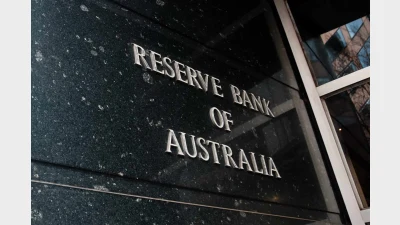Global shares boost super fund returns



Super funds bounced back in October thanks to international shares, helping offset losses from August and September, according to SuperRatings.
Super fund's median balanced option was up three per cent for the month, but currency movements as the Australian dollar increased in value against the US dollar, wiped out some of the international share market gains.
Median returns for the financial year-to-date sat at 1.3 per cent, the research house said.
SuperRatings founder, Jeff Bresnahan, said: "Strong performances in overseas and local markets made October a highly successful month for super funds, allowing members to regain most of their losses experienced in August and September".
"Despite the strong bounce back, negative market conditions have returned with falls across several key asset classes recently. We estimate the median balanced option to be down 0.6 per cent for November, to date," he said.
Bresnahan noted super funds would continue to face challenging market conditions in the short term as there would be no let up on ongoing financial volatility.
To date, the calendar year proved challenging for most funds with negative returns in four out of the 10 months, SuperRatings said.
The median balanced option return for 2015 to date was 5.5 per cent, only slightly below the 5.7 per cent the year before. However, both years were well below the 13.7 per cent to date in 2013.
Recommended for you
The central bank has announced the official cash rate decision for its November monetary policy meeting.
Australia’s maturing superannuation system delivers higher balances, fewer duplicate accounts and growing female asset share, but gaps and adequacy challenges remain.
Global volatility and offshore exposure have driven super funds to build US-dollar liquidity buffers, a new BNY paper has found.
Less than two in five Australians are confident they will have sufficient assets to retire and almost three-quarters admit they need to pay greater attention to their balance, according to ART research.









